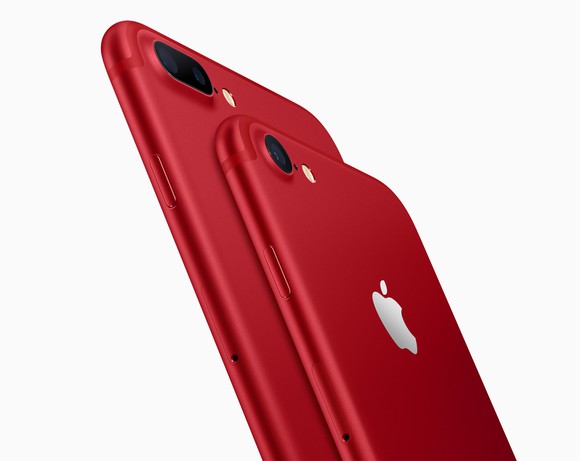- Nov 14, 2011
- 10,232
- 5,013
- 136
There used to be a lot of speculation that Apple (NASDAQ:AAPL) would one day move at least some of its A-series applications processor production to Intel (NASDAQ:INTC). Apple originally relied on Samsung (NASDAQOTH:SSNLF) to build its custom-designed chips, but has, in recent product generations, moved over to contract chip-manufacturing specialist Taiwan Semiconductor Manufacturing Company (NYSE:TSM).

IMAGE SOURCE: APPLE.
Indeed, TSMC manufactures Apple's current A10 Fusion chip and is expected to manufacture Apple's upcoming A11 Fusion chip, as well.
In hindsight, Apple seems to have dodged a rather serious bullet by not relying on Intel to build its chips. Here's why.
https://www.fool.com/investing/2017...a-serious-bullet.aspx?source=iaasitlnk0000003
Does Intel still have any serious foundry customers? LG's phone chips are completely MIA. Spreadtrum's chip is massively delayed and running an ISA nobody wants... oh, and they're moving to TSMC for 12nm. The flagship customer was Altera, who Intel then acquired (hence they aren't foundry customers any more).


